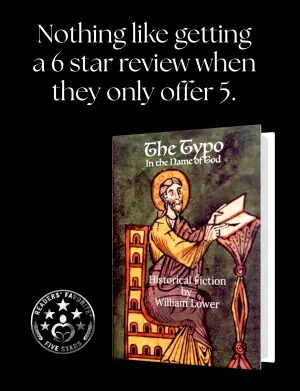Review of Love & Whiskey: The Remarkable True Story of Jack Daniel by Fawn Weaver
When I first stumbled upon Love & Whiskey, I was intrigued by its tantalizing subtitle—the story of Jack Daniel and his whiskey origins, particularly the influence of the Black distiller, Nearest Green. As a lover of bourbon, I couldn’t pass up the chance to dive into a narrative that promised to blend history, craftsmanship, and culture. Little did I know, my journey through Fawn Weaver’s prose would lead me down a path far removed from my expectations.
From the outset, Weaver’s storytelling introduced me to her unabashed enthusiasm and entrepreneurial spirit. However, I found myself wrestling with a crucial distinction: this book isn’t so much about Jack Daniel or Nearest Green, but rather a deep dive into Fawn Weaver’s journey of self-discovery. The initial chapters paint a vivid picture of how she became acquainted with Nearest Green’s legacy while globe-trotting in Singapore. The narrative spins from there, yet the promise of historical exploration quickly fades, often overshadowed by Weaver’s own accomplishments.
As a reader, it was difficult to overlook her tendency to center herself in the fabric of the story. While she does touch upon the legacies of Daniel and Green, the historical context feels cursory at best. In lieu of a rich tapestry interweaving their stories, we are met with a series of personal triumphs and self-referential anecdotes. Phrases like “I became accustomed to receiving standing ovations” hint at her desire for validation while relegating pivotal figures like Green to mere footnotes in her odyssey.
Weaver’s writing style and pacing fluctuate between engaging anecdotes and cringe-inducing self-lauding moments. At times, her narrative feels packaged in a corporate brochure—lots of superficial gloss with little substance. For instance, her enthusiasm shines through when she declares, “The vibe was absolutely incredible," but this exuberance often masks the historical depth that would have enriched the narrative.
A poignant moment arises when she shares, "I understood the facts while knowing I was secure in the protection of God’s care." The emotion here is palpable, yet it feels packaged in a way that detracts from the gravity of Green’s story, making it more about her perceived greatness. The passion she possesses for her craft is undeniable, but it also borders on golden-hued self-congratulation.
The deeper issues lie in how Weaver navigates her relationship with Nearest Green’s descendants, asserting herself in their narrative without providing them the substantial platform they deserve. After finishing the book, I was left with a nagging feeling; the magnificence of Green, a man whose contributions were so profound, should not be overshadowed by anyone else’s success, however remarkable they may be.
In conclusion, Love & Whiskey might captivate readers interested in Fawn Weaver’s entrepreneurial journey or the evolving whiskey landscape in America. However, for those seeking a nuanced exploration of Jack Daniel and Nearest Green’s legacies, this tale may feel glossy but significantly lacking in depth. My reading experience prompted me to buy bottles of both Jack Daniel and Nearest Green whiskey. Ultimately, while the whiskey didn’t quite hit the mark for me, the reading journey illuminated an important lesson: some stories deserve to be told deeply, and perhaps this one hasn’t found its true voice yet. For avid whiskey aficionados and history buffs alike, perhaps this book inspires a deeper search for the stories that reside beyond the labels.
[ad_2]
Discover more about Love & Whiskey: The Remarkable True Story of Jack Danie… on GoodReads >>






